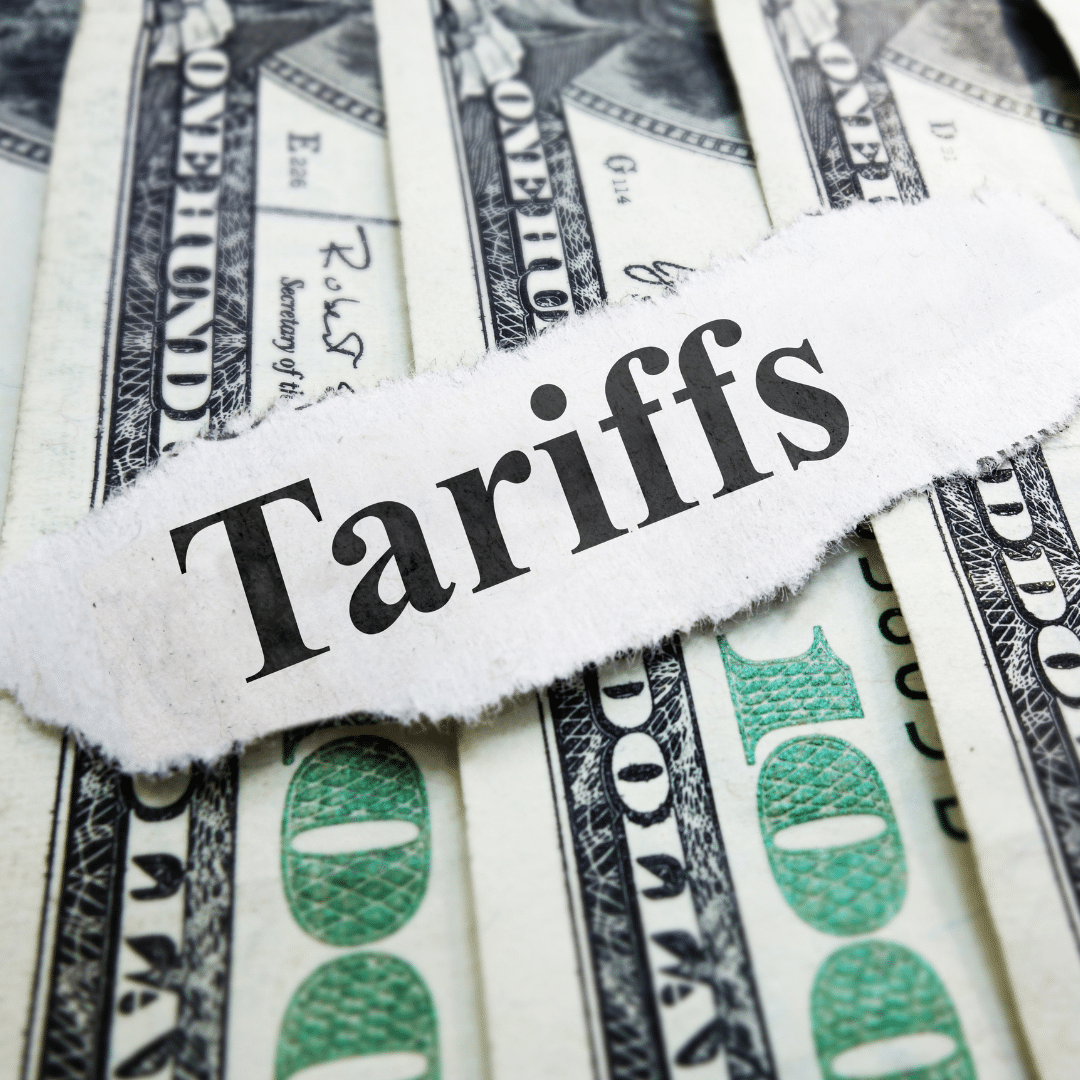As the manufacturing industry braces for the implications of new tariffs on imported goods, companies face a crucial moment of transformation. These tariffs introduce challenges, but they also present an opportunity for manufacturers to rethink their strategies and operations. In this dynamic landscape, the role of flexible and on-demand executives has never been more critical. Let’s explore how these leaders can take decisive action to help companies thrive.
Assessing Immediate Impacts
Action Step: Conducting a rapid assessment of the tariff landscape and its immediate effects on the company’s supply chain and pricing strategies.
- What They Do: FlexExecs™ gather data on affected materials, analyze cost structures, and identify key suppliers impacted by the tariffs. This allows them to pinpoint vulnerabilities and prioritize urgent actions.
Rebuilding Supply Chains
Action Step: Implementing a proactive supply chain restructuring plan.
- What They Do: FlexExecs™ initiate conversations with domestic suppliers, negotiate contracts, and establish relationships to source materials locally. This not only mitigates tariff impacts but also supports local economies.
- Example in Action: They might lead a team to evaluate alternative suppliers and facilitate quick trials of new materials, ensuring production timelines remain intact.
Financial Strategy Overhaul
Action Step: A strategic financial review to adapt to new cost structures.
- What They Do: These FlexExecs™ will revise budgets and financial forecasts, incorporating the new costs associated with tariffs. They explore cost-cutting measures, identify areas for investment, and secure necessary funding.
- Example in Action: They might spearhead a workshop to educate the finance team on new forecasting models that account for fluctuating material costs, ensuring everyone is aligned on the financial roadmap.
Streamlining Operations
Action Step: Drive operational efficiency through process optimization.
- What They Do: FlexExecs™ will lead cross-functional teams to identify inefficiencies in current processes. They implement lean manufacturing principles to reduce waste and improve productivity.
- Example in Action: They may facilitate a Kaizen event, bringing together teams to brainstorm and implement quick wins that enhance efficiency, such as reconfiguring workflows or reducing downtime.
Leading Change Management
Action Step: Implement a robust change management strategy.
- What They Do: These leaders develop a clear communication plan to ensure all employees understand the changes and their implications. They provide training and support to help teams adapt to new processes and systems.
- Example in Action: They might host town hall meetings to address employee concerns, share the vision for the future, and outline the steps being taken to navigate the tariff challenges.
Driving Innovation
Action Step: Foster a culture of innovation to stay competitive.
- What They Do: FlexExecs™ will encourage teams to brainstorm and test new ideas, technologies, and processes that can enhance product offerings and operational efficiency.
- Example in Action: They might launch an innovation challenge within the company, incentivizing teams to propose solutions that not only address tariff-related issues but also position the company for long-term success.
Monitoring and Adapting
Action Step: Establish a continuous improvement framework to monitor the impact of tariffs and adapt strategies as needed.
- What They Do: FlexExecs™ will set up key performance indicators (KPIs) to track the effectiveness of implemented strategies and make data-driven adjustments.
- Example in Action: They could implement regular review meetings to evaluate KPIs, allowing for agile responses to any emerging challenges or opportunities in the market.
Conclusion
The upcoming tariffs on imported goods present significant challenges for the manufacturing sector, but with flexible and on-demand executives at the helm, companies can take decisive, impactful actions. By assessing immediate impacts, rebuilding supply chains, overhauling financial strategies, streamlining operations, leading change management, driving innovation, and establishing a framework for continuous improvement, businesses can not only navigate these changes but also emerge stronger.
In this evolving landscape, the proactive leadership of flexible executives will be a key driver of success, enabling manufacturing companies to adapt, innovate, and thrive amid uncertainty. The future belongs to those who are ready to take action.

